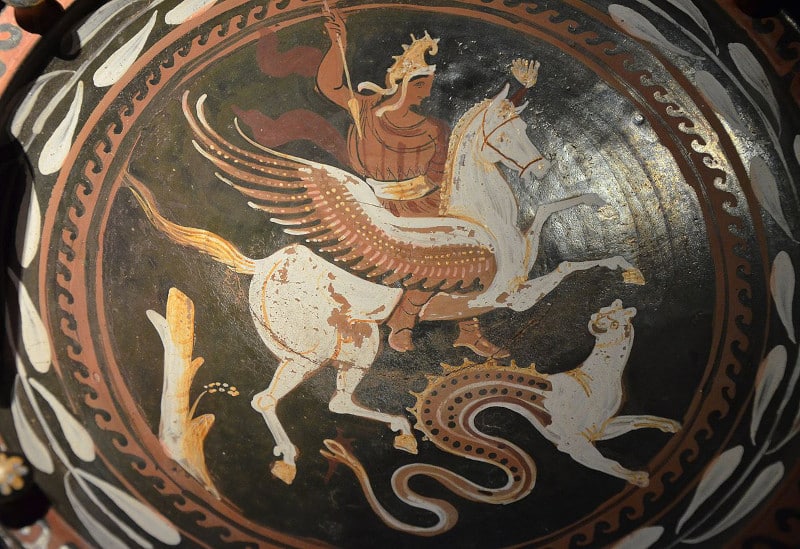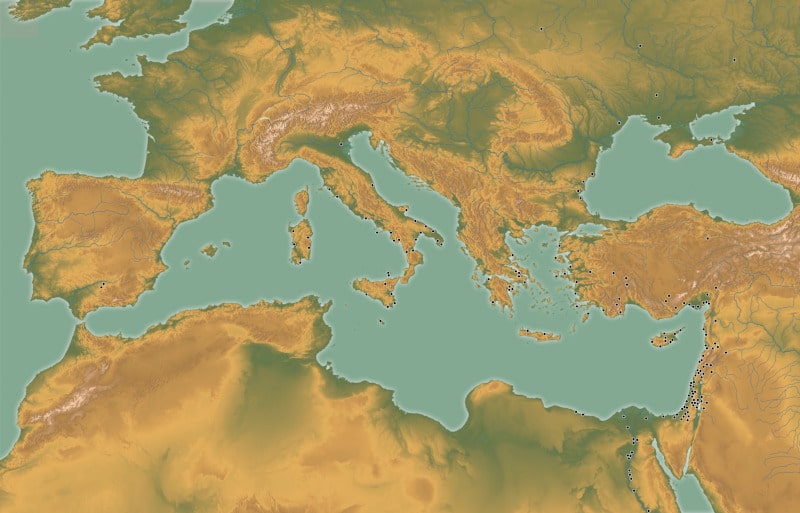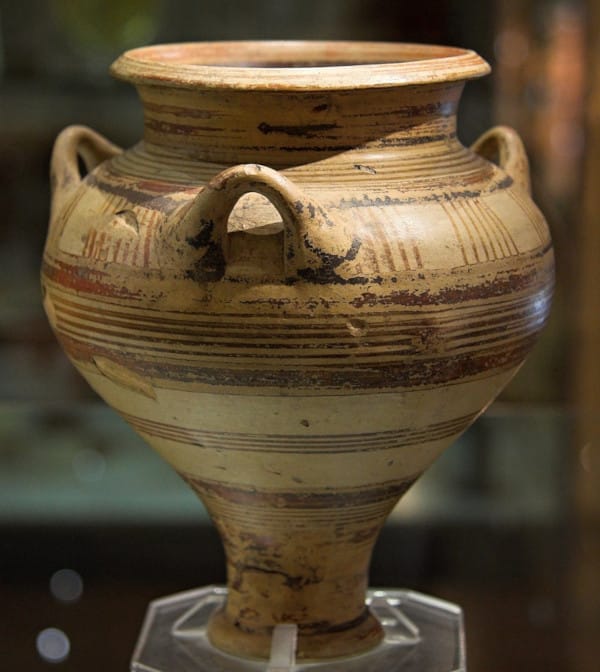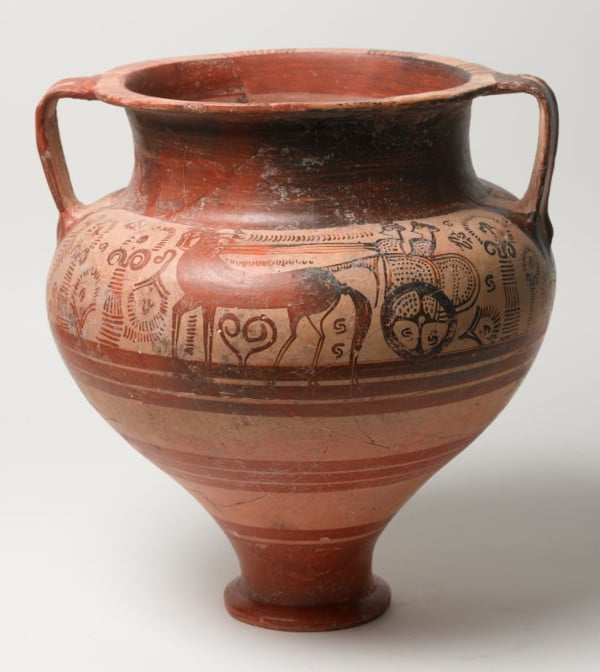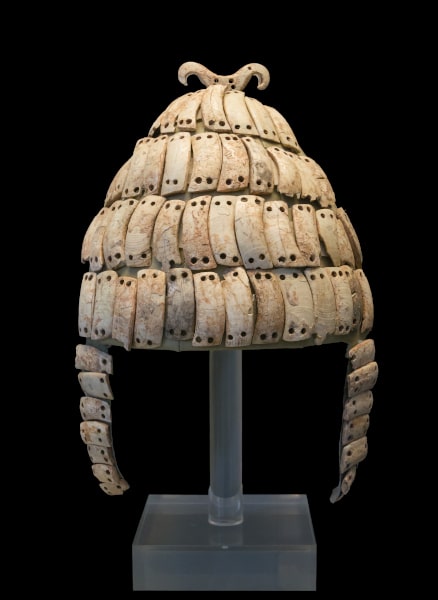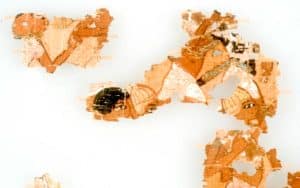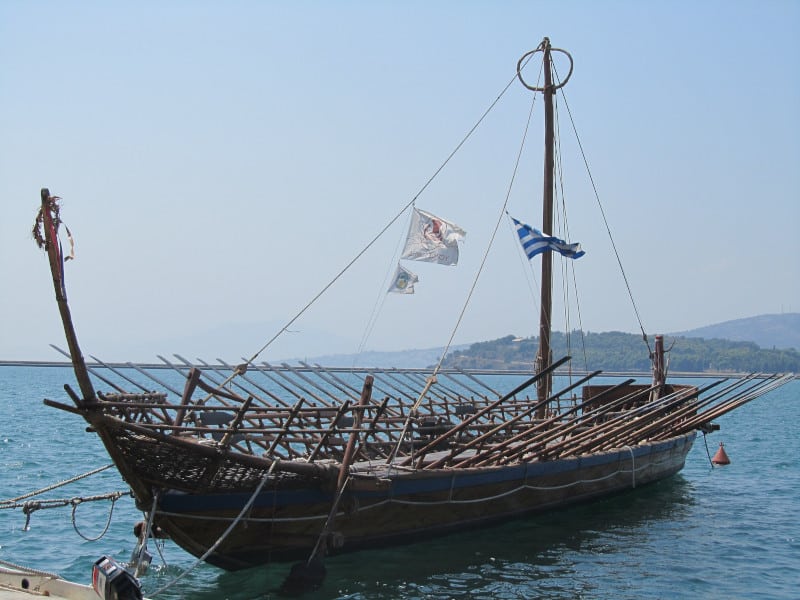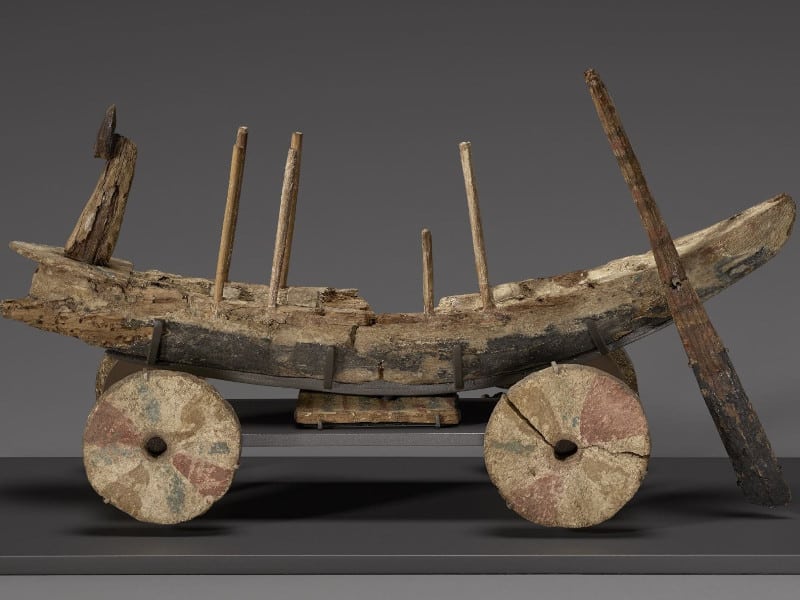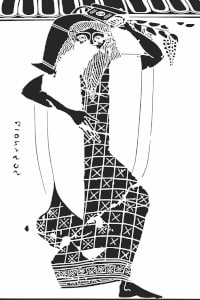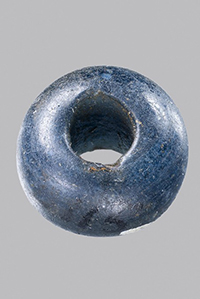
Not a Friend of ASOR yet? Sign up here to receive ANE Today in your inbox weekly!

February 2023
Vol. 11, No. 2
What Can Mythological Narratives tell us about Mycenaean Long-Distance Trade in the Bronze Age?
By Jörg Mull
The Late Bronze Age (ca. 1600 to 1150 BCE) was a time of unprecedented economic activity in human history, spurred on by the supply and production of the eponymous alloy bronze on an almost industrial scale. The supply networks for copper and tin, the components of true bronze, stretched over large parts of western Eurasia and included long-distance maritime transport during this period.
The palatial centers of Mycenaean Greece were positioned at a unique geographical interface between the cultural centers of the eastern Mediterranean as well as the metal supply sources in the western Mediterranean, northern Europe, and the Black Sea area. There are archaeological, historical, and epigraphic indications that the Mycenaean Greeks somehow contributed either directly or indirectly via intermediaries to the exchange of goods in the second half of the 2nd millennium BCE:
Archaeological evidence: Mycenaean pottery has been found all around the Mediterranean basin. These finds, however impressive, do not in all cases automatically prove that the Mycenaeans brought the ceramics to these remote locations themselves. The pottery could also have been brought to the various destinations by intermediaries.
